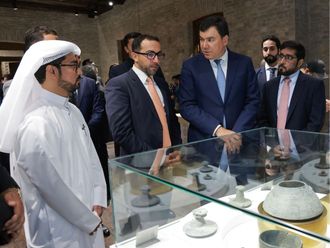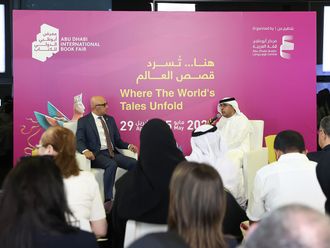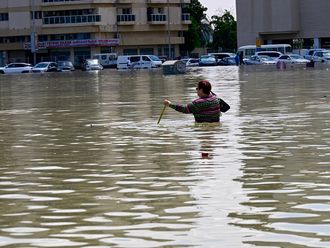
Dubai: The sea and all things maritime is etched in Dubai's DNA. Born as a city on the sea to become a city of merchants, Dubai’s association with the maritime industry has stretched across time. Maritime trade was the original growth engine of Dubai's economy.
It was with this in mind that in 1975 Sheikh Rashid Bin Saeed Al Maktoum decided that as the UAE's non-oil trading centre Dubai needed to be brought into a new age of trade and commerce. Four years later Jebel Ali Port opened when on February 26, 1979 the British royal yacht, HMY Britannia with Queen Elizabeth II on board entered the new port to inaugurate it, 40 km south of Dubai. It was the largest man-made harbour in the world visible to the naked eye from space.
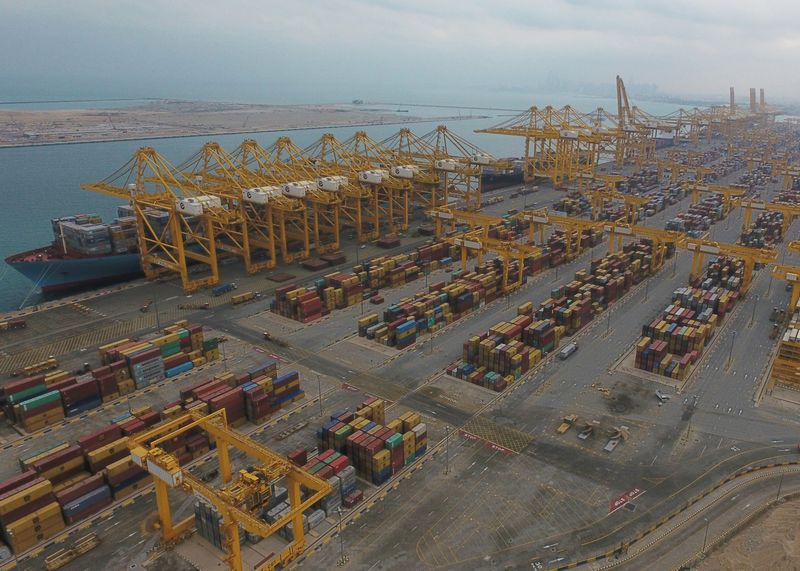
Jebel Ali Port was Sheikh Rashid’s answer to the unprecedented rate at which Dubai's trade was expanding. The visionary leader understood that Dubai was located at the crossroads between the east and the west and an efficient logistics facility would turn it into a gateway to a growth-hungry region. It was future proofing at its very best.
From Day One Jebel Ali Port focussed on three essentials: Customers, People and Technology. It’s a strategy that continues to this day as the largest container vessels sailing the oceans visited, drawn by the scale of efficiencies and productivity offered by the port. Ship turnaround times are the best in the region. The ship operators love it, as do the shippers.
Between 2003 and 2013 Jebel Ali Port handled 100 million TEUs (twenty-foot container units). Technology played a big part in enabling this, with the original Container Terminal 1 (T1) and Terminal 2 (T2) being the workhorses. More was to follow.
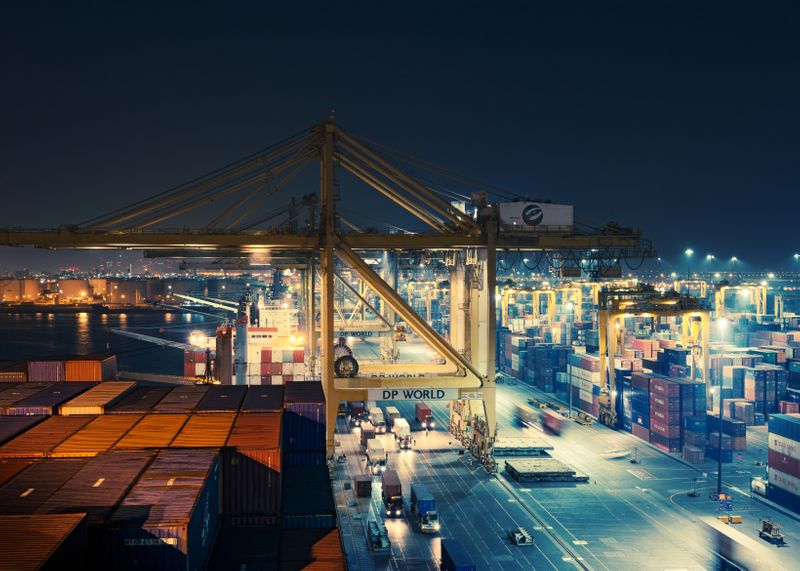
In 2014, HH Sheikh Mohammed Bin Rashid Al Maktoum, Vice President and Prime Minister of the UAE and Ruler of Dubai, opened Terminal 3, with a capacity of 4 million TEU. It’s one of the largest and most technologically advanced anywhere, with remotely operated quay cranes, automated gantry cranes to stack container boxes and robotic ITVs (Internal Transfer Vehicles). Jebel Ali Port can simultaneously handle 18 container ships, including those of 20,000 TEU capacity and above.
Container Terminal 4 (T4) is the next benchmark for the world of trade with capabilities designed to serve the current and future market requirements. On its completion, it will take the port capacity to 22.4 Million TEU. It’s also home to the futuristic BOXBAY container stacking technology currently under development in time for the Expo 2020 cargo rush.
The port is designed with dedicated terminals for all types of cargo ranging from container, breakbulk, solid and liquid bulk to RORO. The terminals are complemented by port-centric logistics facilities and the region’s largest trade and industrial zone, Jafza. Together they offer a built-for-trade ecosystem that makes trade happen.
Today Jebel Ali Port contributes 26.1 per cent of Dubai's GDP, with its poly-functional terminals handling over 80 ship calls a week and connecting to more than 150 ports globally.
Beyond the world-class infrastructure, tax-free business environment and the economic performance there is something else that made it all possible – Self-Belief. Jebel Ali Port, as it turns 40, embodies that belief.


